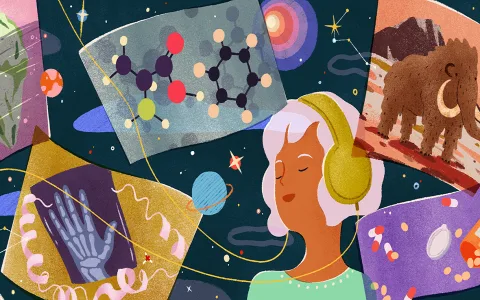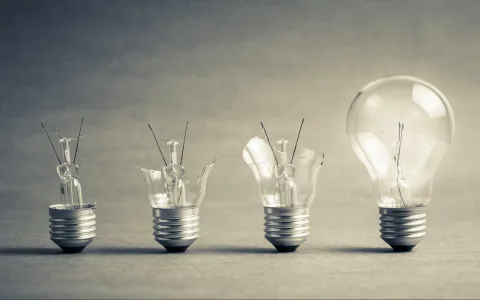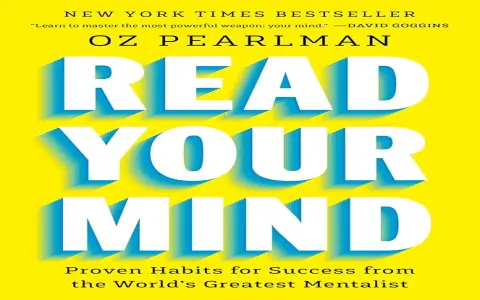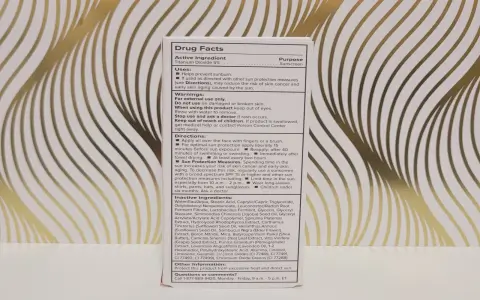Man, I spent years ignoring my dreams. I’d wake up, maybe remember some crazy visuals—flying or losing my teeth, the usual crap—and then I’d just get on with the day. Nothing came of it. I thought dream interpretation was just fluffy nonsense for people with too much time.
Then things started getting rough. I was stuck in a job that was sucking the life out of me, and financially, everything felt like sand slipping through my fingers. I was desperate for an edge, some way to see around the next corner. That’s when I decided to treat my sleep time like a second job.
The Messy Start: Throwing Out the Manuals
First thing I did was hit the internet. Big mistake. I looked up “dream symbols meaning.” You know the drill. If you see water, it’s emotions. If you see a key, it’s opportunity. I bought two paperback books on dream dictionaries. I tracked fifty dreams using those generic guides. Every single prediction I made based on those books? Dead wrong. Complete failure. I felt like I was wasting even more time than before. I shredded those books and threw them out. I realized the fundamental error: the clues are not universal. They are deeply, personally encoded.
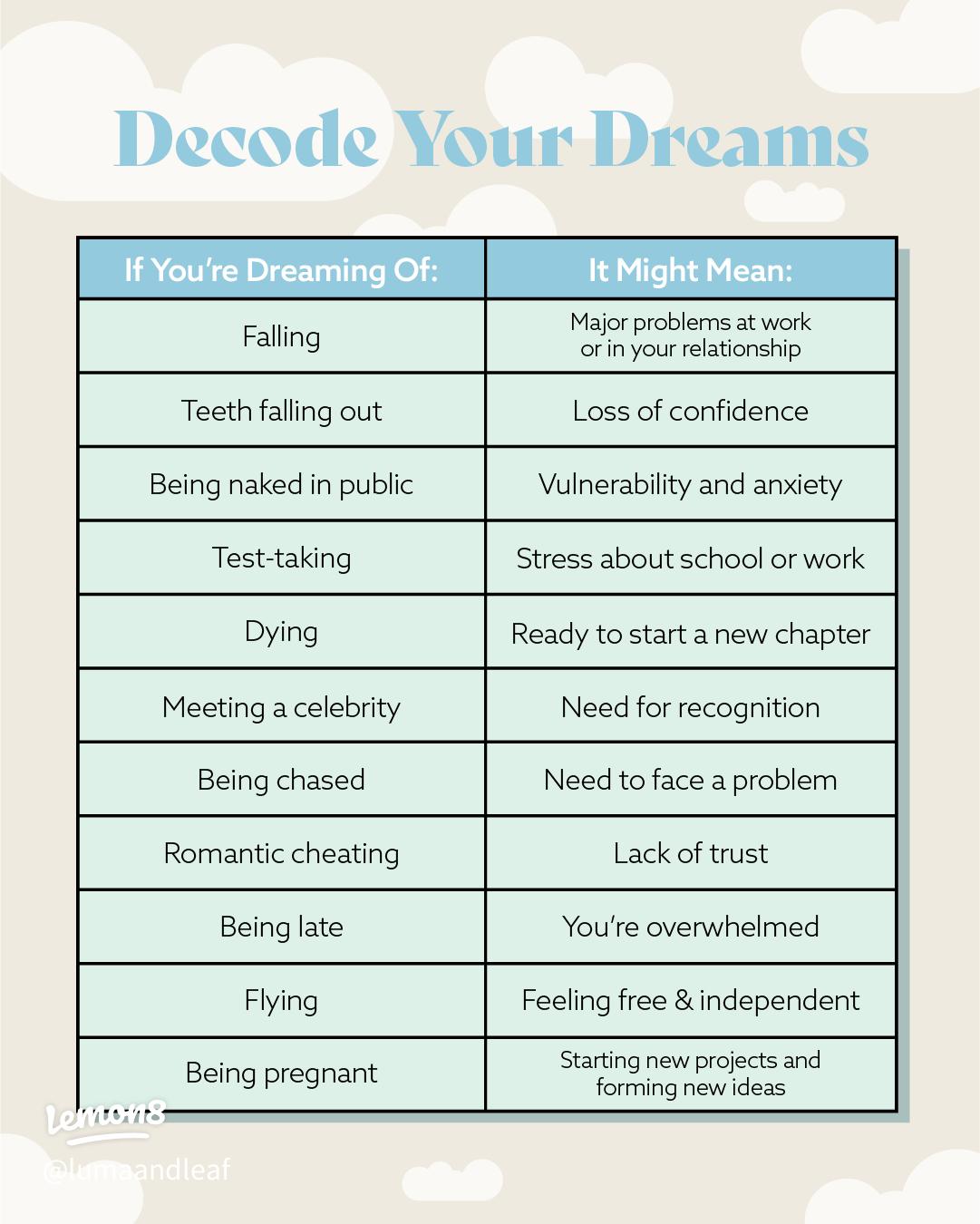
My entire system had to change. I stopped searching for generic answers and started building a personal data library.
Building My Personal Clue Database (The Grunt Work)
I bought three identical Moleskine notebooks and designated one exclusively for immediate capture. This was the single most vital change I made. I trained myself to snap awake immediately following a dream sequence. If I moved, if I thought about my to-do list, the dream was gone. So I kept the notebook and a pen tied with string to my wrist sometimes, just to force myself to write instantly in the dark.
What did I force myself to record? Not just the events, but everything surrounding it.
- The Feeling: Did I feel dread? Excitement? That specific, dull anxiety? I assigned an anxiety rating (1 to 10) to every entry.
- The Color Palette: Was the dream oversaturated? Grey and muted? I jotted down color notes because muted colors almost always preceded disappointment in real life.
- The Setting Details: If I dreamt of a specific hallway at my old university, that hallway wasn’t about education; it represented my feeling of being unprepared for an upcoming test or challenge. I mapped these locations to specific mental states.
This tracking phase went on for six solid months. I filled up nearly two full notebooks before I started noticing patterns that were 100% unique to me.
Cracking the Code: Linking Symbols to Specific Outcomes
Once I had hundreds of entries, I sat down with the second notebook, which was my “Interpretation Log.” I started cross-referencing the dreams with the actual events that transpired in the following 72 hours.
For example, I noticed a trend: Every time I dreamt of my specific old blue Toyota (which I sold five years ago), something in my current life was about to break down or need an unexpected repair, usually financial. It wasn’t about cars; it was about unexpected expenditures. I codified this:
Specific Clue Mapping:
- Old Blue Toyota = Urgent unexpected bill or financial drain (1-3 days out).
- Trying to dial a phone number but the keypad doesn’t work = Major communication breakdown at work (3-5 days out).
- Seeing my deceased grandmother sitting and smiling = Guaranteed good news about career or salary (within 7 days).
I refined these links constantly. I dedicated the third notebook to testing and validation. Every interpretation I made, I wrote it in the validation book, signed it, and dated the predicted outcome. I checked off successes and failures relentlessly.
The Payoff: Seeing the Future and Acting on It
The system eventually started firing accurately. It wasn’t 100%, but it was good enough to change my behavior.
One time, I had a dream that involved being stuck in a slow-moving elevator with a person I barely knew from accounting. I woke up with that specific feeling of heavy, dragging frustration (my anxiety rating was an 8). Based on my code, elevators represented stalled progress, and people I barely knew represented unexpected obstacles thrown up by HR or bureaucracy. I predicted a major delay in the big project I was trying to launch that week.
What did I do? I didn’t wait for the delay. I spent the entire morning pre-filing all my paperwork, triple-checking every signatory list, and sending preemptive follow-up emails. Two days later, the bureaucracy nightmare hit exactly where I predicted, but because I had already flooded the system with correct information, the delay was minimal—maybe an hour instead of three days. I beat the future simply because I stopped ignoring the personalized vital clues my subconscious was screaming at me every night.
That was the moment I realized dream interpretation isn’t about guessing; it’s about meticulous data gathering and recognizing your own language. It’s the best practice I’ve ever committed to. Seriously, stop looking up symbols and start recording your unique reactions. That’s the real method for future telling.








